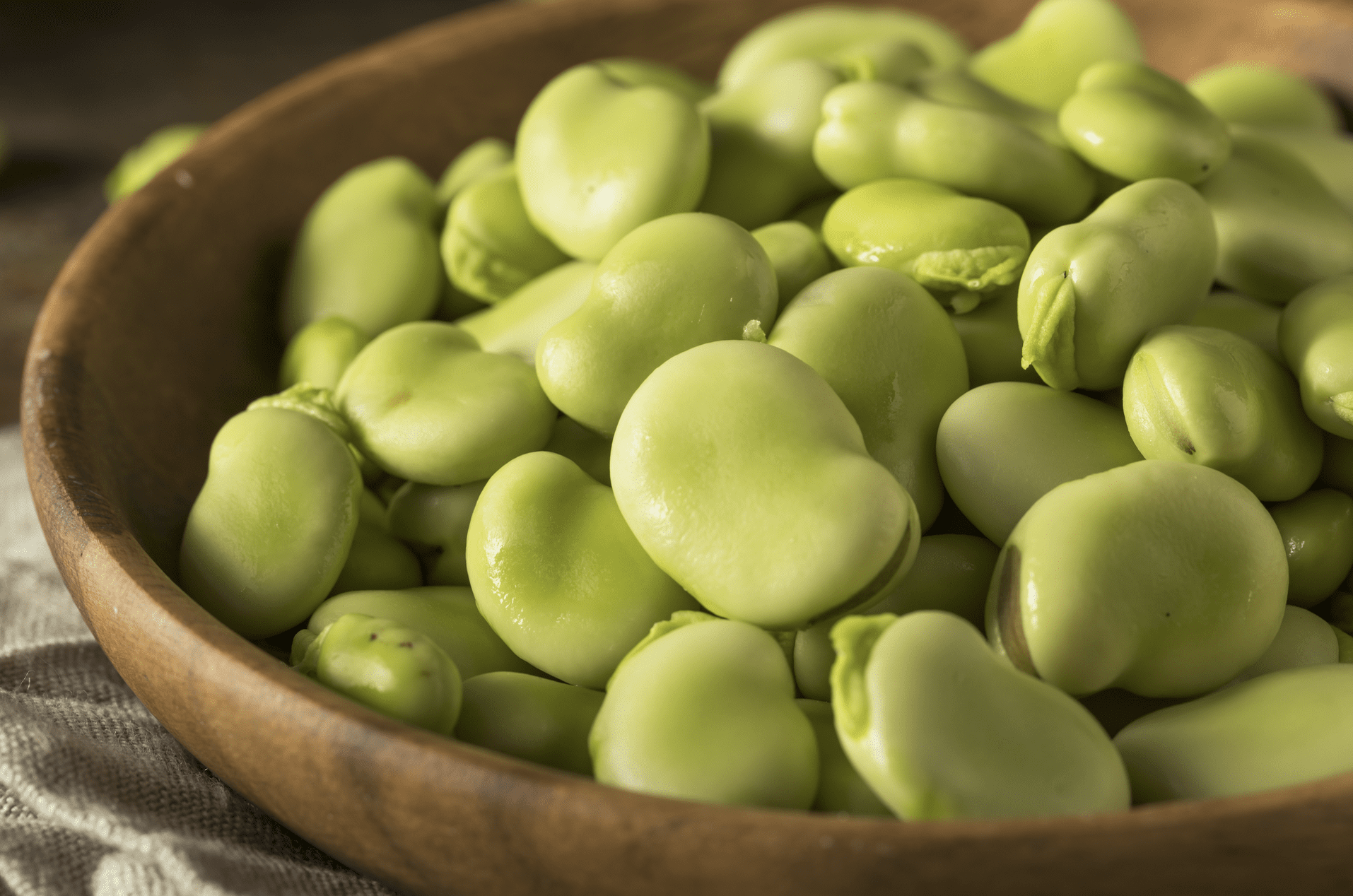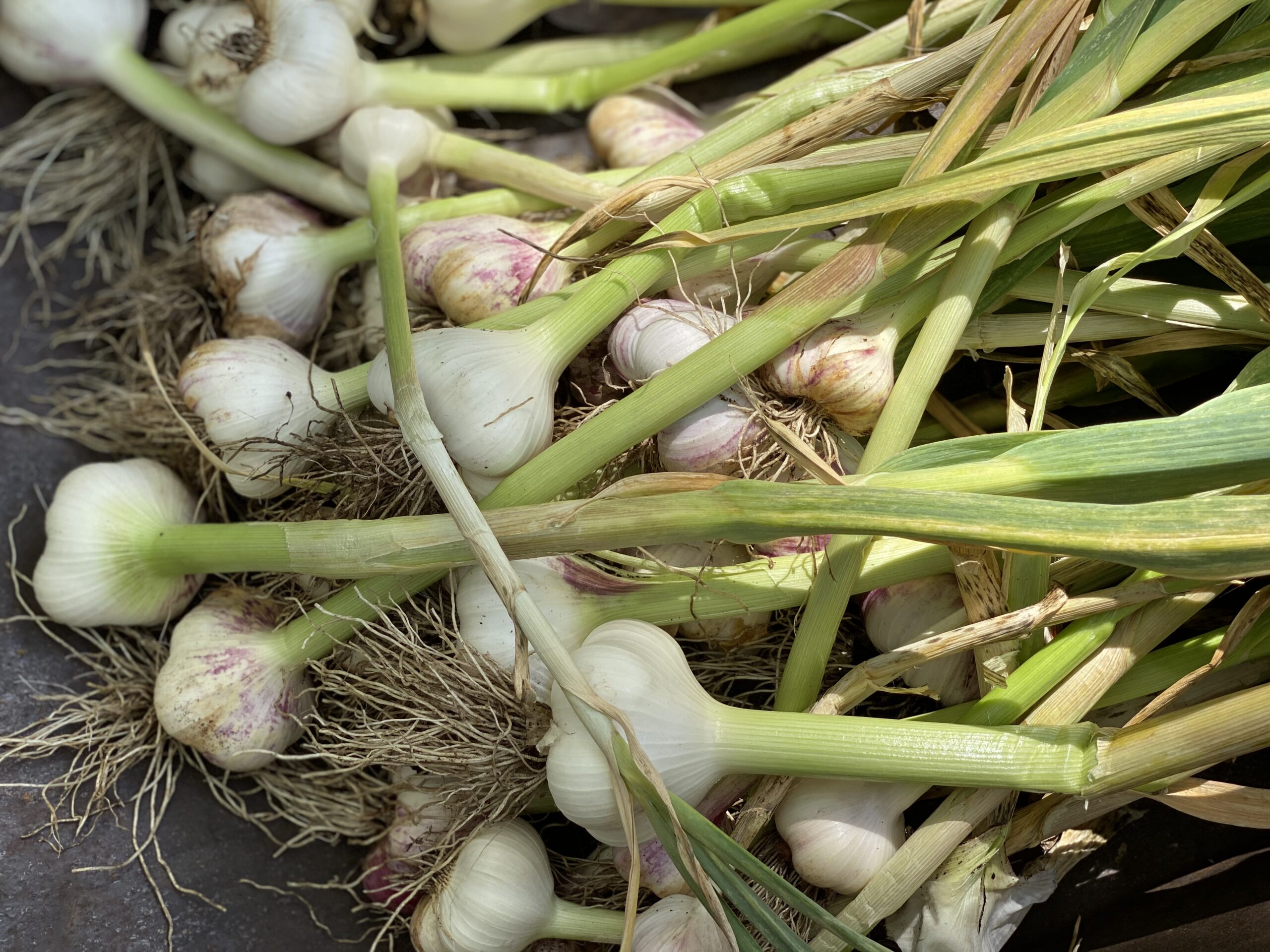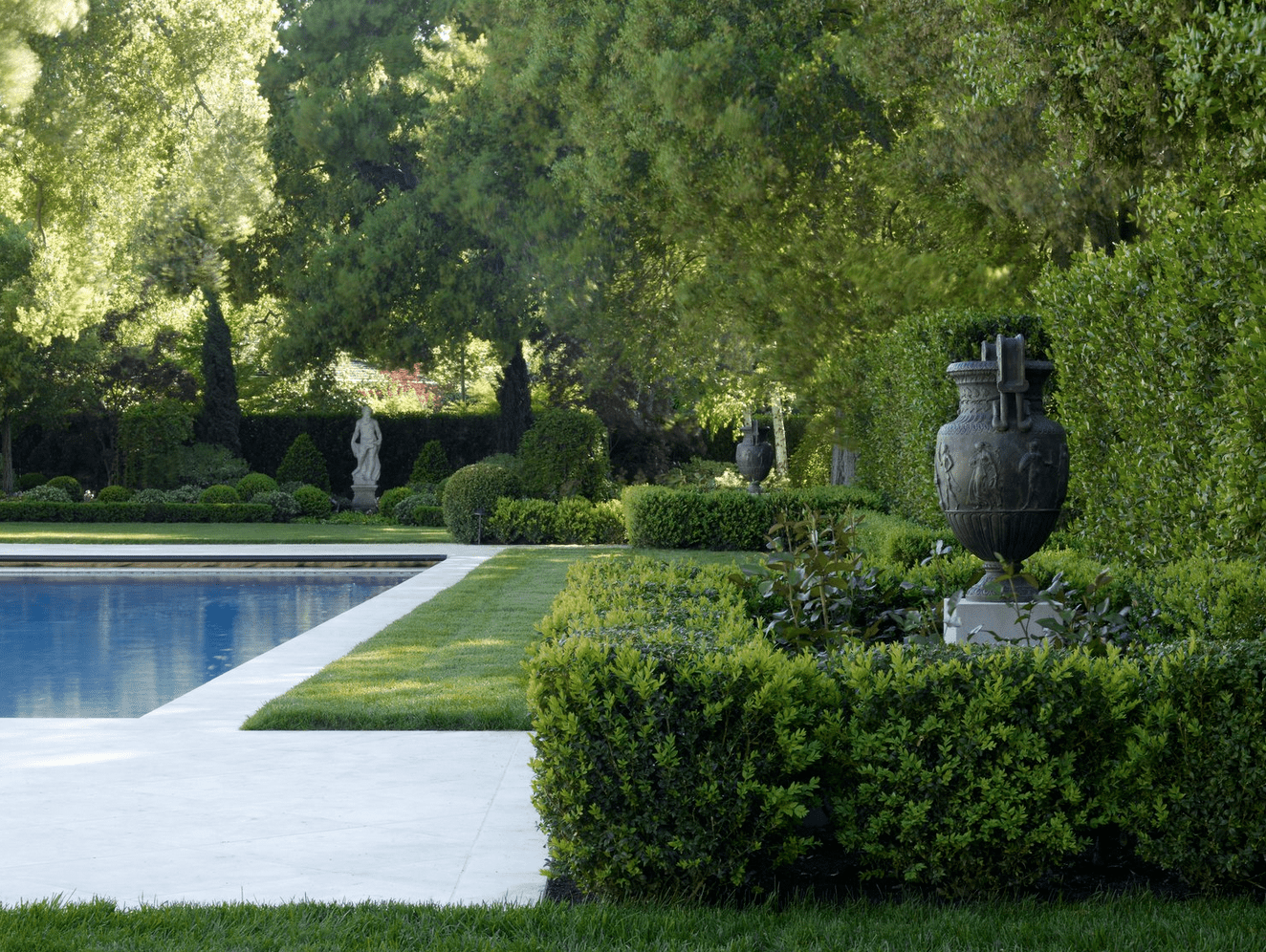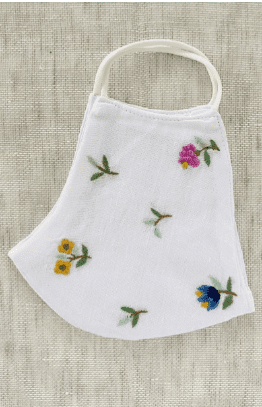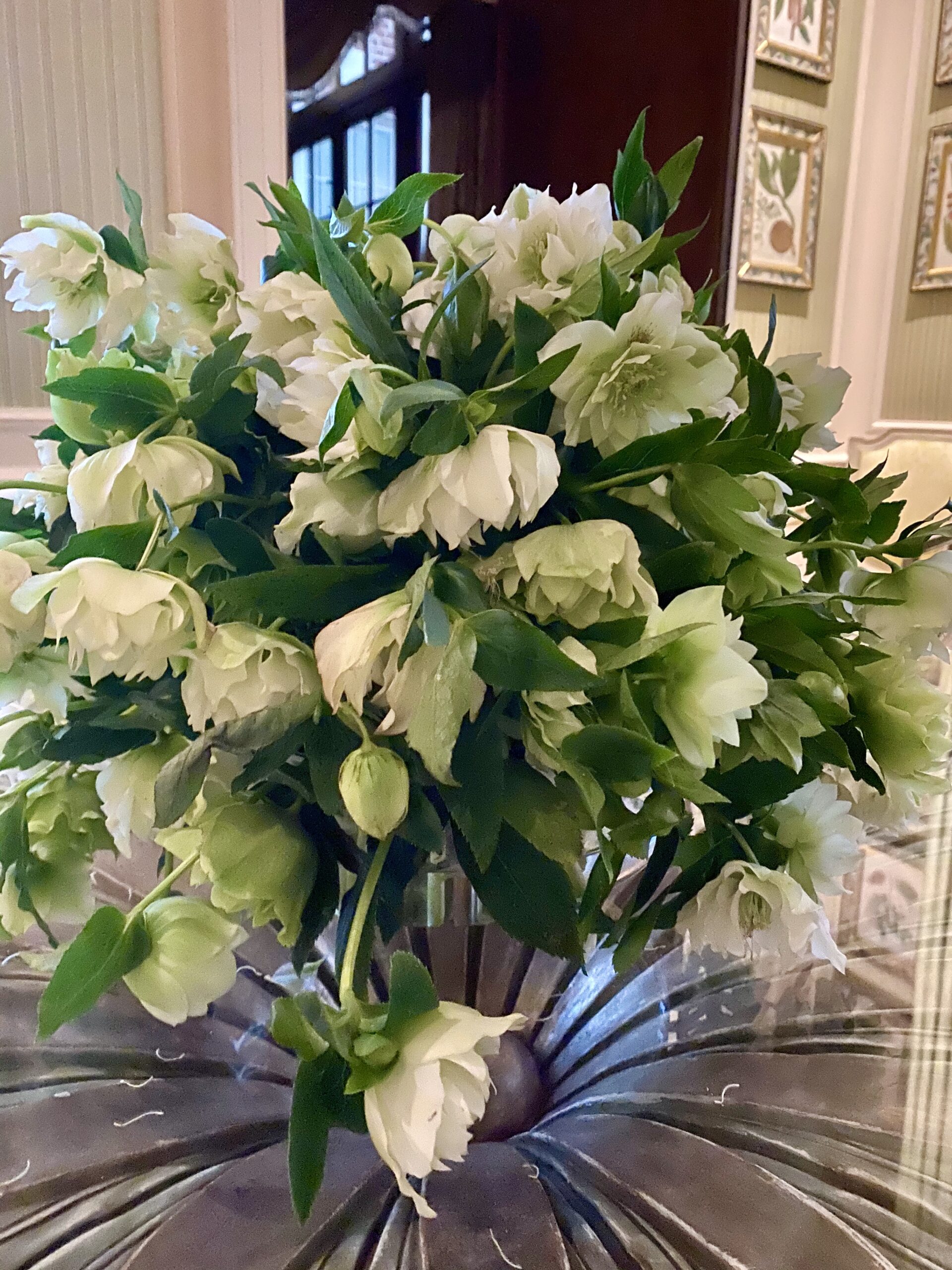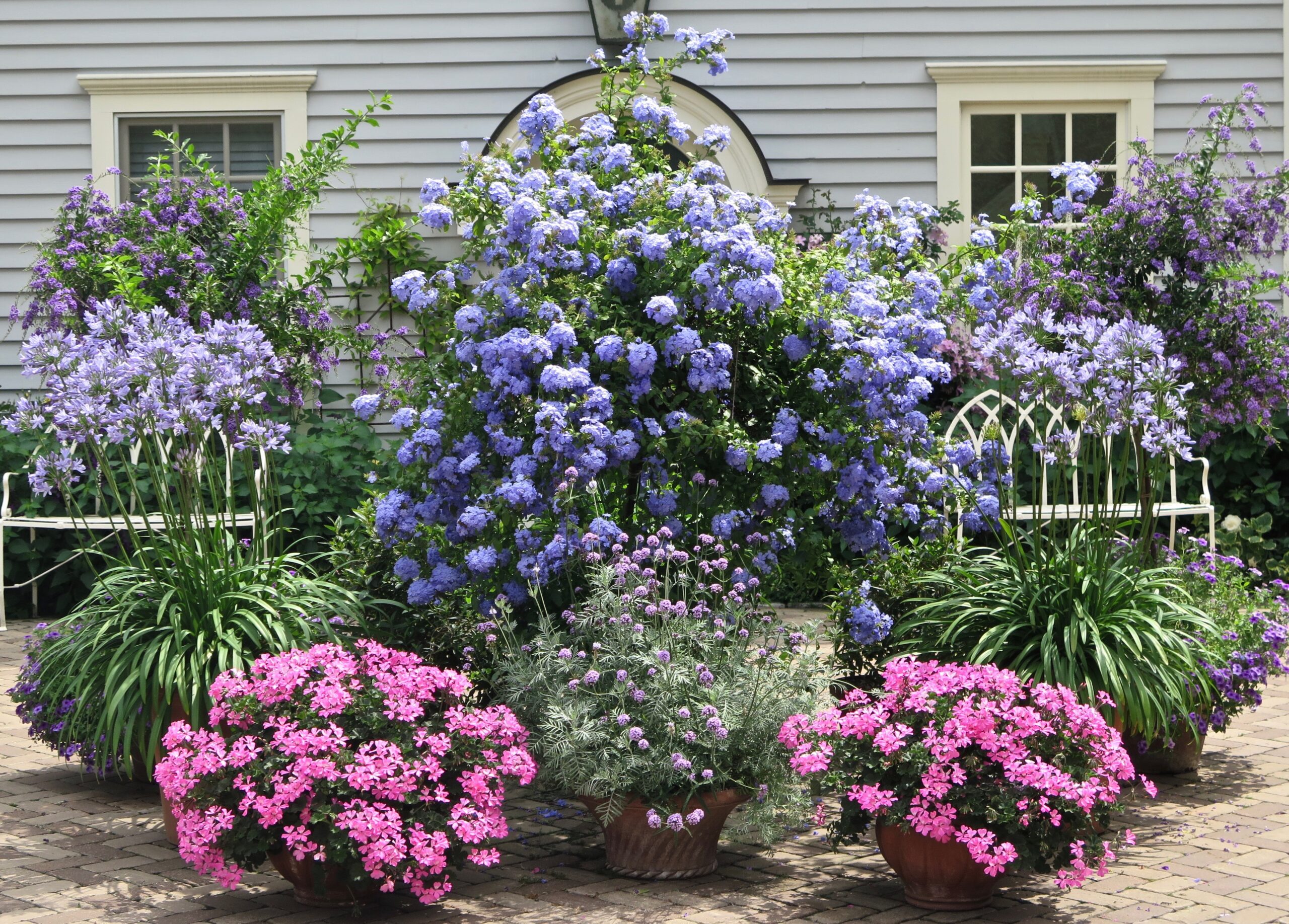Last Thanksgiving, for the first time ever, I planted fava bean starts, which my mother-in-law has done for years. (Check out my post last fall). The idea was to provide a winter cover crop (green manure) in my vegetable boxes, and one that is known for putting nitrogen into the soil, so that my spring planting would go into nutritious soil. I placed eight plants in each of 13 of my 8×4 beds and then disappeared from my garden and Napa for the winter.
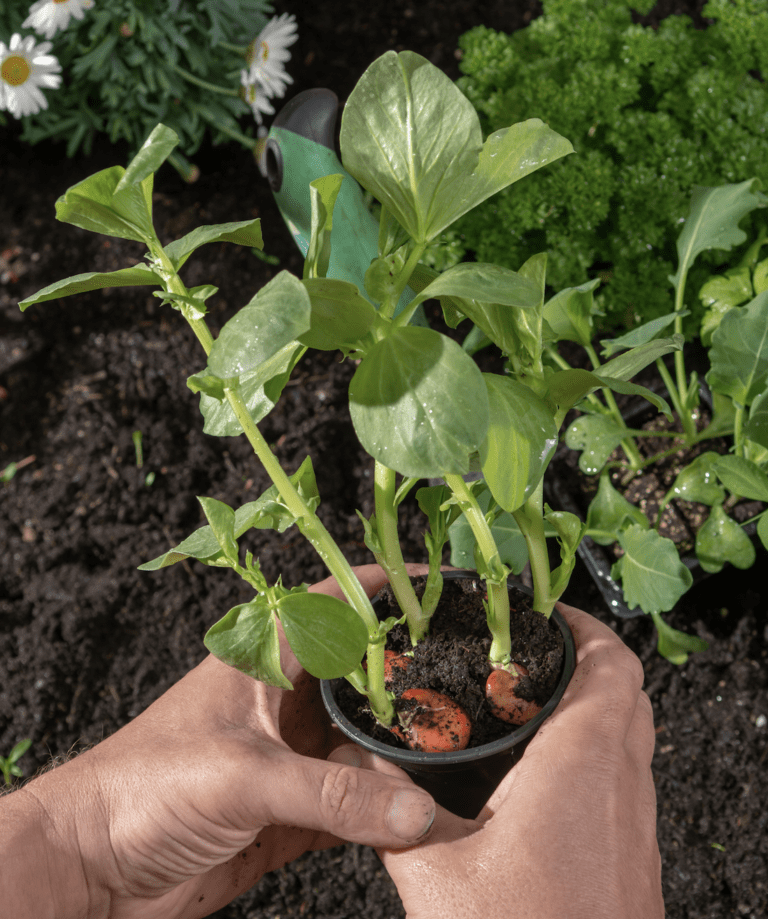

When I returned, I was stunned to see what I had created. I had 13 very full boxes of 4′ tall fava bean plants – and I mean FULL. In April we began harvesting what ended up being – literally – thousands of fava bean pods. I can honestly say that planting fava beans has singularly been the most satisfying crop I have ever planted. Not only did it succeed, but it yielded a massive amount of edible vegetables and did a huge favor for my soil.
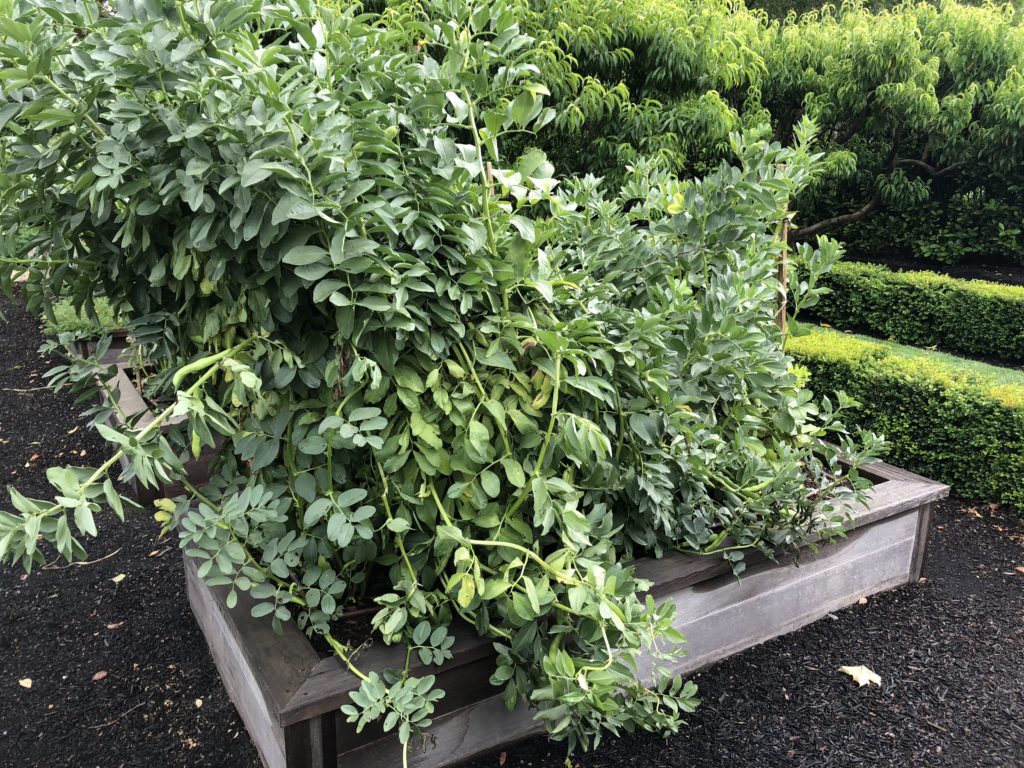

A little about fava beans…
Fava beans are also known as broad beans, horse beans, field beans, pigeon beans, tick beans, and English or Windsor beans. They are a cool-season crop that produces 6- to 8-inch seed pods that contain four to six flat seeds. They are not technically beans; they are legumes. The best time to plant this crop depends on the climate zone in which you live, but in the Napa Valley they should be planted in the fall. (I will actually try to plant them a month earlier than last year so I can complete harvesting them in April, allowing me to plant my summer vegetables in April – when I normally plant them).
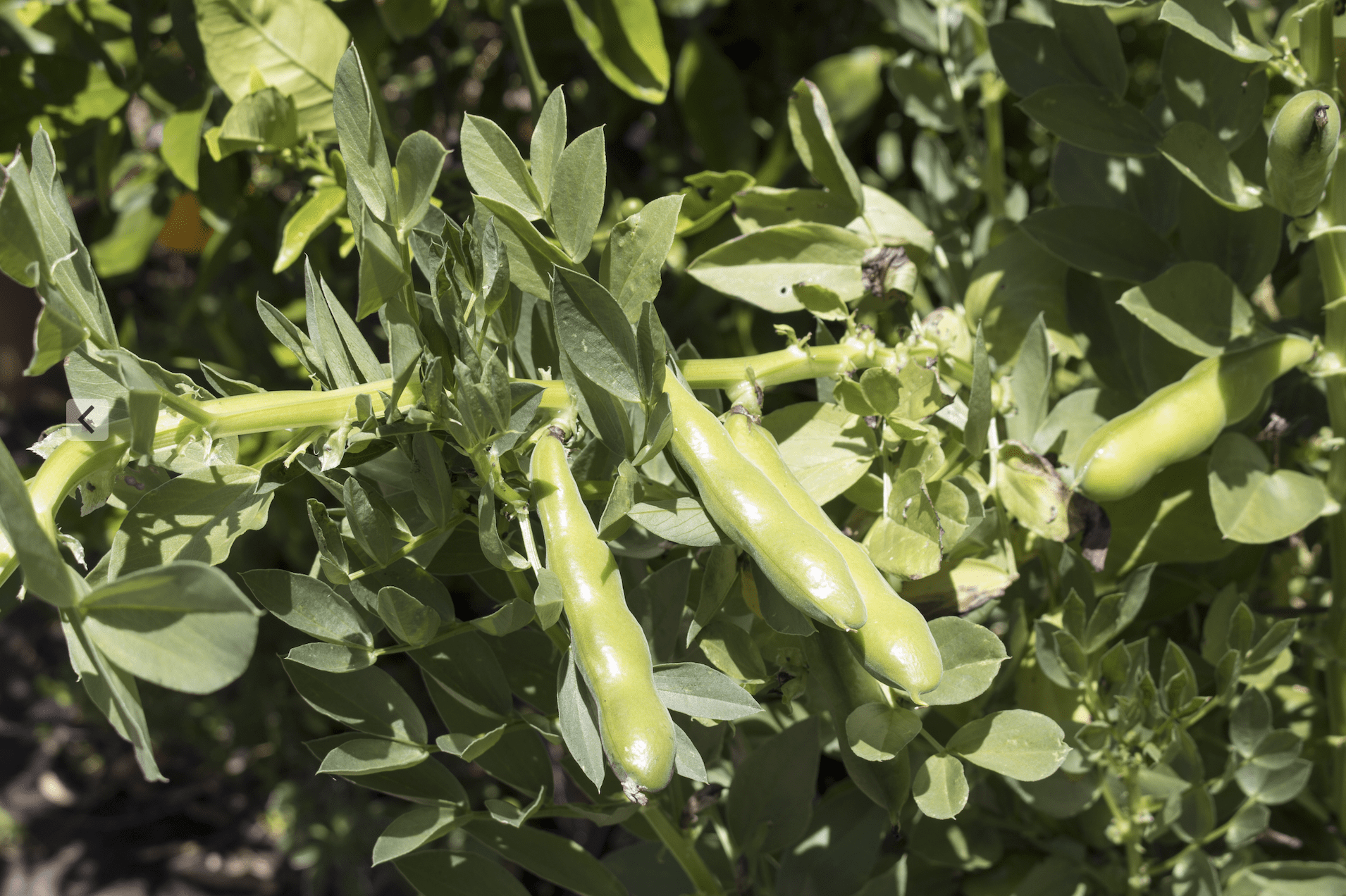

Fava beans need approximately four to five months between planting and harvest. Before producing seed pods, the plant displays small white flowers with brown specks. They are beautiful and delicate!
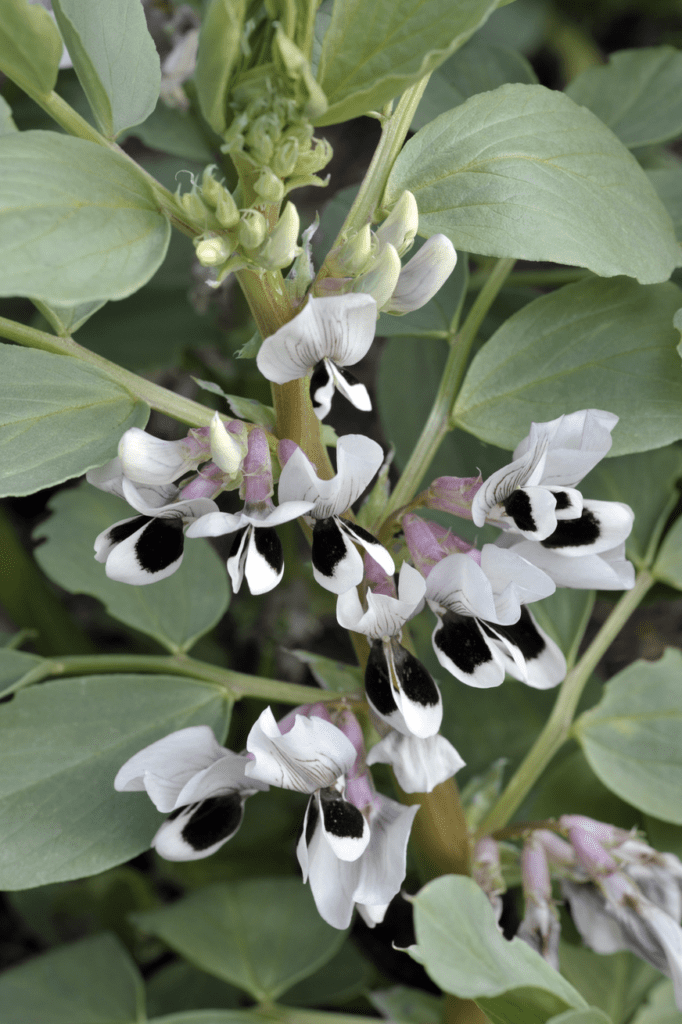

When planting favas from seed, it is recommended sowing the seeds at least 1 inch deep in fertile, loose, well-draining soil, in an area of full sun, and space the plants four to twelve inches apart (depending on what resource you’re referring to). Based upon my experience, I would seriously plant them 2 feet apart! I plan to request the exact number of starts I want from my local nursery next year, so I’m assured of having all of the plants I want.
They say to keep the soil moist, especially during flowering and seed pod production, but not to over-water your fava beans. Keep in mind that garlic and onions, which you may plant at the same time, make poor companion plants for fava beans.
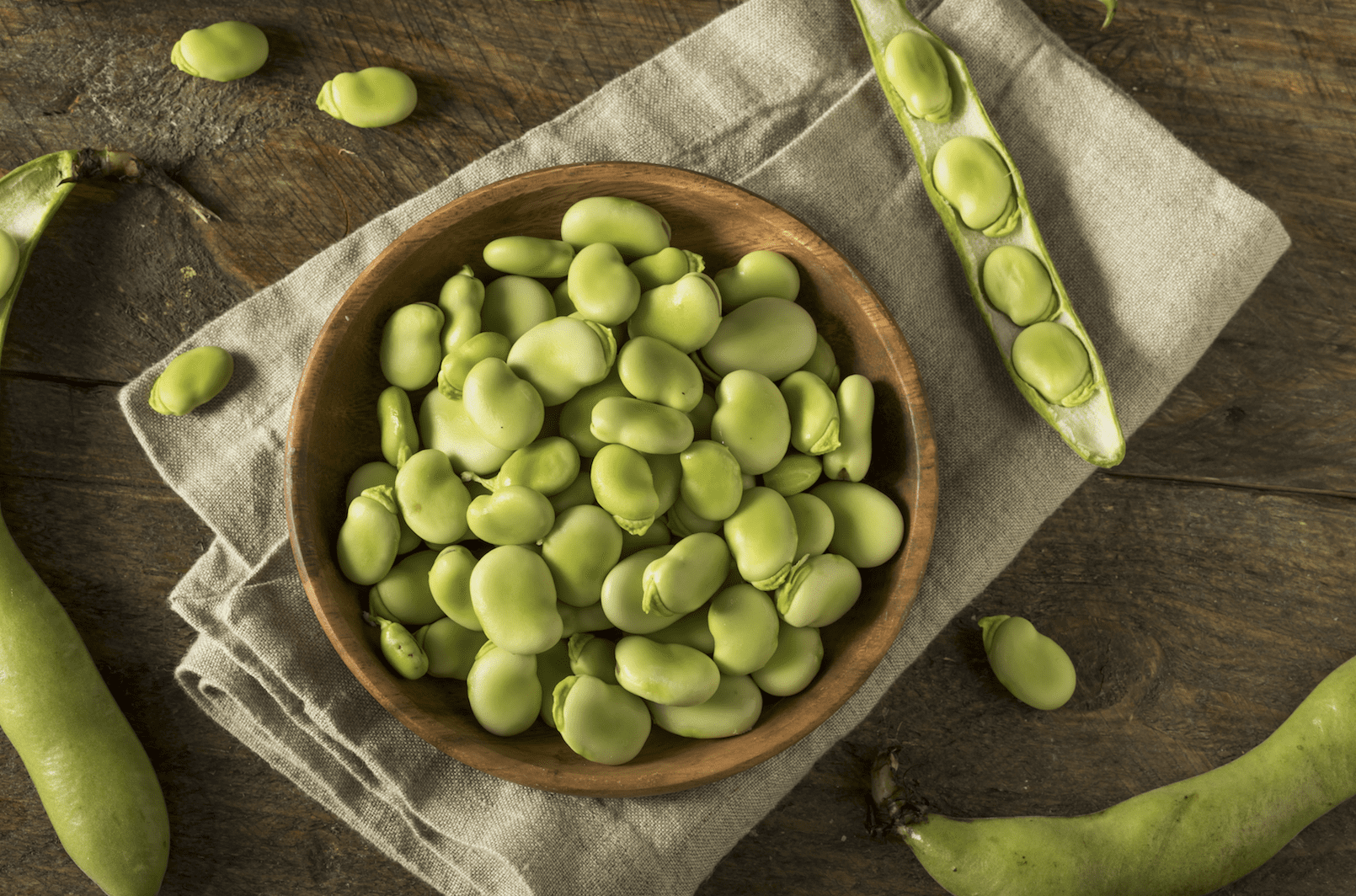

I have found a magic plant that I will now plant every fall in my vegetable boxes. You should try them too. If you don’t get around to it, you know where to find some spare favas next year!

